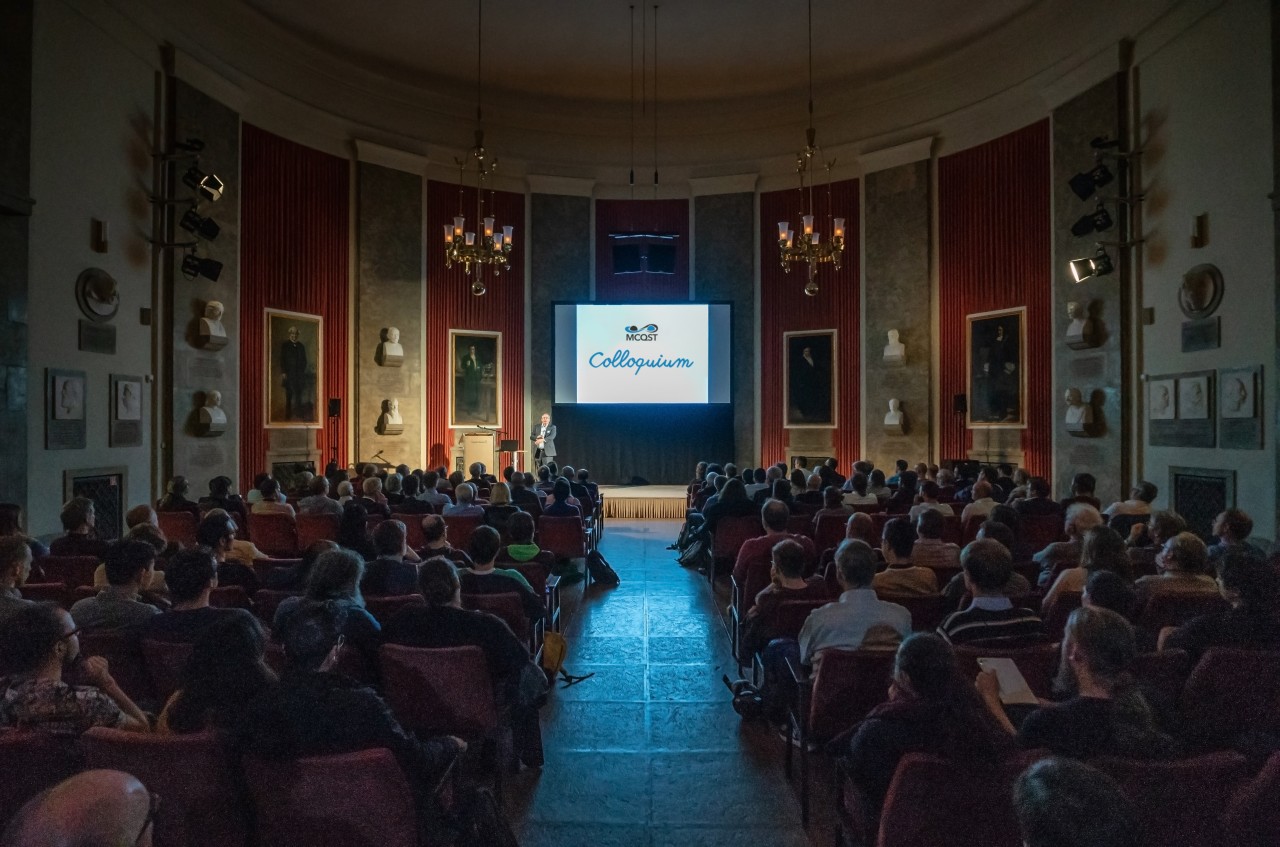21 June 2022
from 14:30
to 16:00
MCQST Colloquium | Arno Rauschenbeutel - Professor at HU Berlin
Address / Location
MPI of Quantum Optics | Interim Lecture Hall B 0.32
Hans-Kopferman-Straße 1
85748
Garching
Show Map
Hide Map
The MCQST Colloquium Series features interdisciplinary talks given by visiting international speakers. The monthly colloquial covers topics spanning all MCQST research units and will be broadcasted live, being made available to audiences worldwide. The main goal of the series is to create the framework for idea exchange, to strengthen links with QST leading groups worldwide, as well as to act as an integral part of the local educational environment.
MCQST Colloquium: Arno Rauschenbeutel
On 21 June, 2022, we are excited to invite you to the colloquium offered by Arno Rauschenbeutel, Professor at the HU Berlin
Talk & Abstract
Waveguide-coupled atoms: how a simple quantum optical system can amaze you
The collective absorption and emission of light by an ensemble of atoms is at the heart of many fundamental quantum optical effects and the basis for numerous applications. Here, I report on experiments, in which we study these collective phenomena by analyzing the transmission of light past an ensemble of atoms that are optically interfaced using the evanescent field surrounding an optical nanofiber. Upon weak pulsed excitation, we unveil the microscopic dynamics of the system, showing that collective interactions between the atoms and guided light at the single photon level gradually build up along the atomic ensemble. Furthermore, we observe coherent oscillations between super- and fully subradiant states of the ensemble, leading to sudden, temporary switch-offs of the emitted optical power. We also explore the regime beyond weak excitation, where we excite about 80% of the atoms, and study their subsequent radiative decay into the waveguide modes. Finally, and surprisingly, we demonstrate that even when the system has reached its steady state transmission for long excitation pulses, the collectively enhanced nonlinear atom-light interaction induces correlations between simultaneously arriving photons. As a consequence, depending on the number of atoms, we experimentally observe strong photon bunching or antibunching of the transmitted light. Our results contribute to the fundamental understanding of the collective interaction of light and matter and are relevant for applications ranging from quantum memories to sources of nonclassical light to optical frequency standards.
If you would like to get more information about future talks, you can sign up for our mailing lists using the following links:
